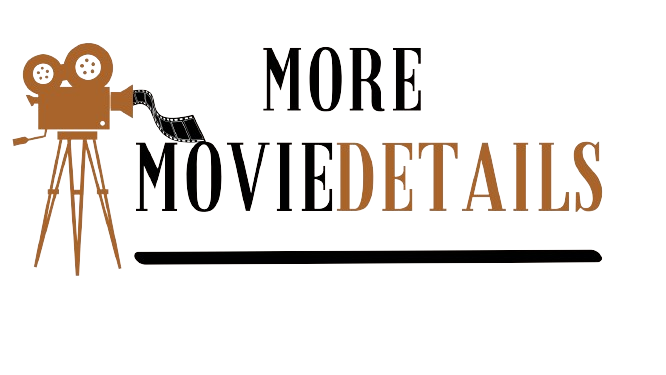Movies, for most of us, serve as sources of entertainment or as objects of admiration for their creativity and imaginative scope. Yet, the magic woven on-screen is usually a result of long hours, incredible teamwork, and relentless dedication put in behind the scenes. Film production is akin to a well-oiled machine that operates with precision, each cog performing its function meticulously to create captivating cinematic experiences.
Pre-production is the first phase and arguably the most critical. This foundational stage is where the groundwork of the upcoming movie gets laid. It includes scouting for suitable locations, casting actors, finalizing the script, budgeting, and developing a shooting schedule.
A film usually begins with a script. Writers draft a storyline, which is later fine-tuned into a screenplay. This process could take several months, even years, until a final draft deemed worthy of production is completed. The script is then handed to a director who, along with a producer, builds the film’s vision, breaking down the script into shootable sequences.
Simultaneously, a production designer works on the film’s visual aspects, creating sets that align with the movie’s visuals, while the costume designer starts crafting clothes that bring characters’ personalities to life. Meanwhile, the process of casting actors takes place, which could range from high-profile celebrities to novice actors, based on the requirements of the characters.
Production:
The second phase, production, is where the movie starts to take physical form. It typically begins with a small ceremony known as “muhurat,” especially in Indian cinema, marking the start of principle photography.
Shooting of scenes commences as per the shooting schedule, generally not in chronological order. Instead, scenes are often shot based on the availability of locations, actors, and other logistical issues. Each day’s shooting is meticulously planned in a “call sheet” that outlines scenes to be filmed, actors required, and special equipment needed.
High tech cameras and sound equipment record scenes, while the director guides the actors and crew. The director of photography (DoP) has a crucial role to play, responsible for the film’s entire look and feel, frequently discussing with the director to ensure that the film’s visual aesthetics align with its narrative flow.
After principle photography concludes, post-production begins. This last stage is where the filmed scenes are turned into a complete movie.
Firstly, the film footage, often several hours long, is edited down to match the intended film length. The editor assists the director in this process, deciding which shots work best, what order they should be in, and selecting alternate takes if necessary.
Visual effects are added if required, often seen in action and fantasy films. The soundtrack, including dialogues, sound effects, and background score, is worked upon by sound editors and composers.
The color grading process follows, which adjusts the film’s visual tone and enhances its visual storytelling. Lastly, a final edit, or “Answer Print,” is created for theatrical distribution.
Distribution:
Even though it’s not typically considered part of the production process, distribution is an integral part that gets the finished film to the audience. Distributors form marketing strategies, create promotional materials, decide release dates, and determine which theaters will screen the film.
The movie production process is an intricate symphony of different components working together harmoniously. From the initial vision in a writer’s mind to a full-fledged film, aspect of movie production ensures that audiences are treated to a blend of entertainment and art that stays with them long after the end credits roll. It’s a testament to the incredible hard work, dedication, and craft of countless people behind the scenes whose efforts translate into the magic we experience in a darkened cinema hall.

